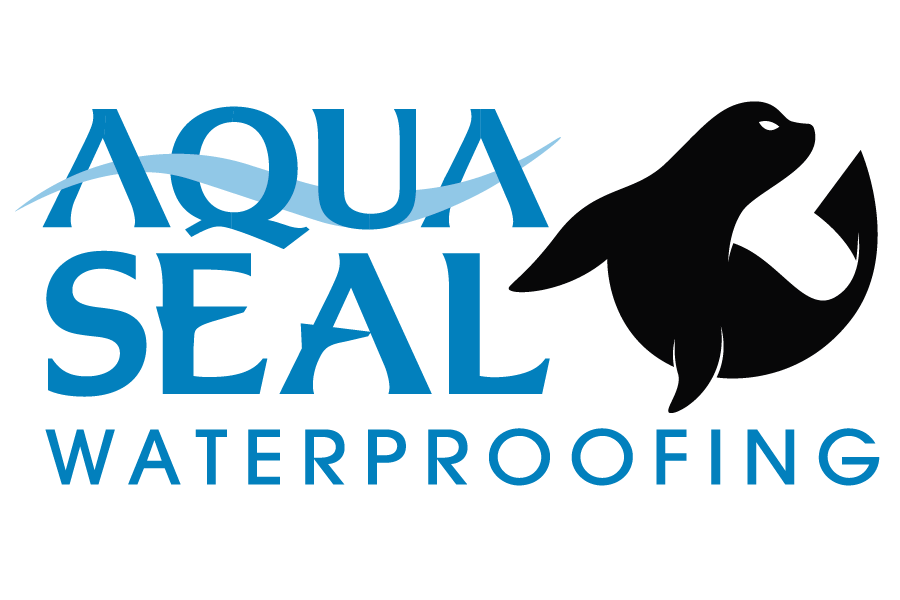Waterproofing the foundation of your home or commercial building, especially in Montana’s varied climate, is paramount in protecting your investment and ensuring the longevity of your property. As a professional in residential and commercial cement foundation waterproofing, I’ve seen firsthand the damage that water and moisture can inflict on buildings. Below are five critical aspects to consider when planning to waterproof your foundation, aimed at ensuring the process is thorough, effective, and long-lasting.
1. Understand Your Foundation’s Current Condition
Before diving into waterproofing, it’s crucial to assess the current condition of your foundation. This involves inspecting for any existing issues such as cracks, water damage, or signs of previous water infiltration. Understand that the effectiveness of a waterproofing solution is significantly influenced by the foundation’s condition. If necessary, repairs should be made prior to waterproofing to ensure that the foundation is structurally sound. This may include patching cracks, fixing drainage issues, or addressing any other damage that could undermine the waterproofing efforts.
2. Choose the Right Waterproofing Method
There are several methods of waterproofing a foundation, and the best choice depends on several factors, including the type of foundation (poured concrete, block, etc.), the level of moisture exposure, and the specific needs of your property. Common methods include:
- Exterior Waterproofing: Involves excavating around the foundation and applying a waterproof coating or membrane. This method is highly effective but can be more costly and labor-intensive.
- Interior Waterproofing: Includes the use of sealants and coatings applied to the interior walls of the foundation. It’s often used in conjunction with other methods and is effective at preventing moisture from entering indoor spaces.
- Drainage Solutions: Implementing or improving drainage systems around your foundation, such as French drains or sump pumps, can prevent water from accumulating around or under your foundation.
3. Consider the Climate
Montana’s climate, with its cold winters and potentially wet springs, poses unique challenges to foundations. Freeze-thaw cycles can exacerbate cracks and moisture issues, making it essential to choose waterproofing solutions that are designed to withstand these conditions. Materials and methods should be selected for their ability to expand and contract with temperature changes without losing their integrity.
4. Long-Term Maintenance and Care
Waterproofing your foundation isn’t a set-it-and-forget-it solution. Regular maintenance is key to ensuring the longevity of the waterproofing measures. This includes inspecting the foundation regularly for any signs of wear or damage, cleaning gutters and downspouts to ensure proper drainage, and checking any installed waterproofing systems like sump pumps or drains to ensure they are functioning correctly.
5. Work with a Professional
Perhaps the most important consideration is to work with a professional waterproofing contractor. A professional can provide a comprehensive assessment of your foundation, recommend the most effective waterproofing methods for your specific situation, and ensure that the work is performed correctly. Look for a contractor with experience in both residential and commercial waterproofing, as they will have a broad understanding of the best practices and materials.
Waterproofing your foundation is an investment in the future of your property. By considering these five aspects, you can protect your home or commercial building from the potential damages caused by water and moisture, ensuring it remains strong and stable for years to come. Whether you’re in the planning stages of a new construction or looking to retrofit an existing foundation, these considerations will guide you toward a successful waterproofing project.
What questions do you have? Contact a waterproofing specialist at (406) 756-2100 or send us an email.
